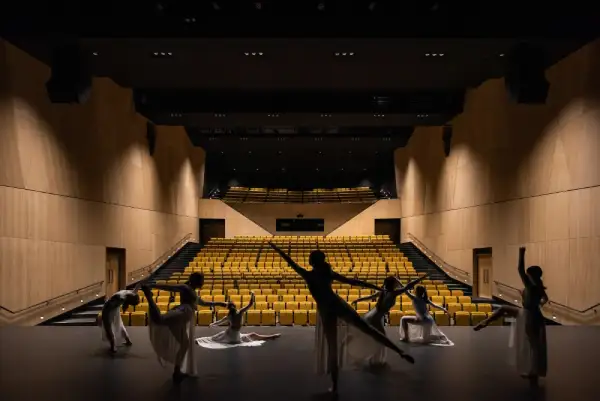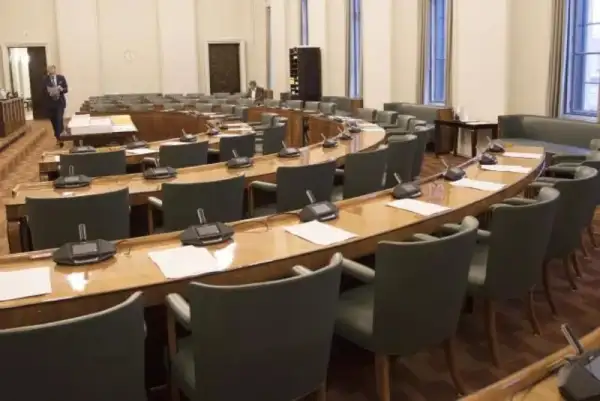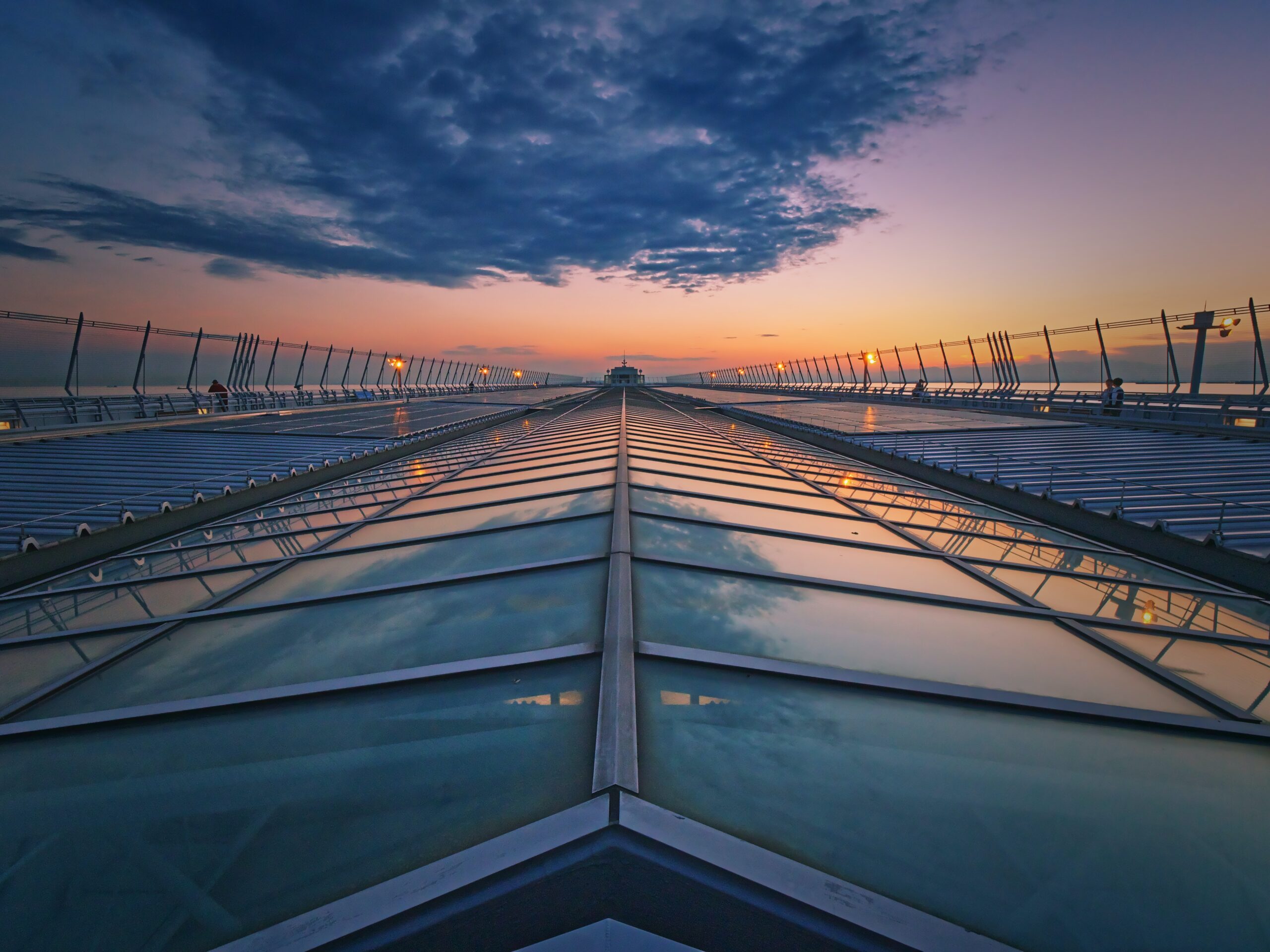How often do we stop and appreciate the impact of the arts on our cities?
Theatre, music, and other performances are not just about entertainment. They play a significant role in driving the growth, and crucially, the health of our cities.
Let’s take Perth as an example. Its unique arts scene harks back to the early 20th century, when lyric theatres lining Hay Street drew thousands into the city centre every weekend. The closure of the theatres and subsequent cinemas reduced foot traffic and therefore ground floor retail tenancies significantly over the last decade.
However, people still flock to catch a performance at the Perth Concert Hall or to enjoy an innovative play at the State Theatre Centre. These events do more than just enrich our cultural experiences – they also invigorate the city’s economy and enliven our communities.
And the people want more – new venues are overrun with bookings. The Rechabite, Planet Royale, Fringe World attract sell-out audiences, and arts groups have to plan years ahead in some instances to book a venue in which to perform.
A vibrant arts scene has another crucial but often overlooked effect: it supports the mental and physical health of the city population. Research consistently demonstrates that participation in the arts can significantly improve mental health, reducing stress and anxiety. A study from the World Health Organisation reviewed evidence from over 900 publications and found a major role for the arts in the prevention of ill health, promotion of health, and management and treatment of illness across the lifespan.
Take the Sidewalk Talk project in the US as an example. This community listening project uses the power of dialogue, often facilitated through local arts initiatives, to improve mental health. The simple act of expressing oneself in a safe, welcoming environment can have profound effects on an individual’s wellbeing.
And it’s not just mental health. Participating in the arts can improve physical health as well. Dance, for example, offers cardiovascular benefits, while playing an instrument can improve fine motor skills. According to a study published in the British Journal of Sports Medicine, attending a cultural event can result in a significant increase in heart rate similar to light exercise.
Around performance venues, vibrant hospitality scenes spring up. Cafes, restaurants, and bars set up shop to cater to theatregoers and artists, becoming attractions in their own right. This is a global phenomenon, evident in the likes of London’s West End and Broadway in New York. Here, a hive of activity, including eateries and retail shops, has grown organically around the arts, further boosting the economy.
These spaces not only encourage economic growth but also enhance social connectivity, contributing to the overall wellbeing of the city’s residents. They provide a place for people to meet, exchange ideas, and foster a sense of community, which is critical for mental health and happiness.
The result is a positive cycle of cultural, economic, and health development. The arts draw people in, the hospitality industry caters to their needs, and retail outlets add to the city’s charm. Together, they create a lively, bustling city that’s attractive to residents, visitors, and businesses alike.
We can’t overlook the importance of the arts. By supporting performance venues and the hospitality and retail industries that grow around them, we can help our cities to flourish, both economically and health-wise.
The arts offer more than cultural enrichment. They foster shared experiences and connections, breathing life into our cities, and helping to build thriving, prosperous, and healthy communities. It’s high time we recognise and value the pivotal role the arts play in the wellbeing of our cities.
A city in harmony with its arts scene is a city that supports the health of its people.
















